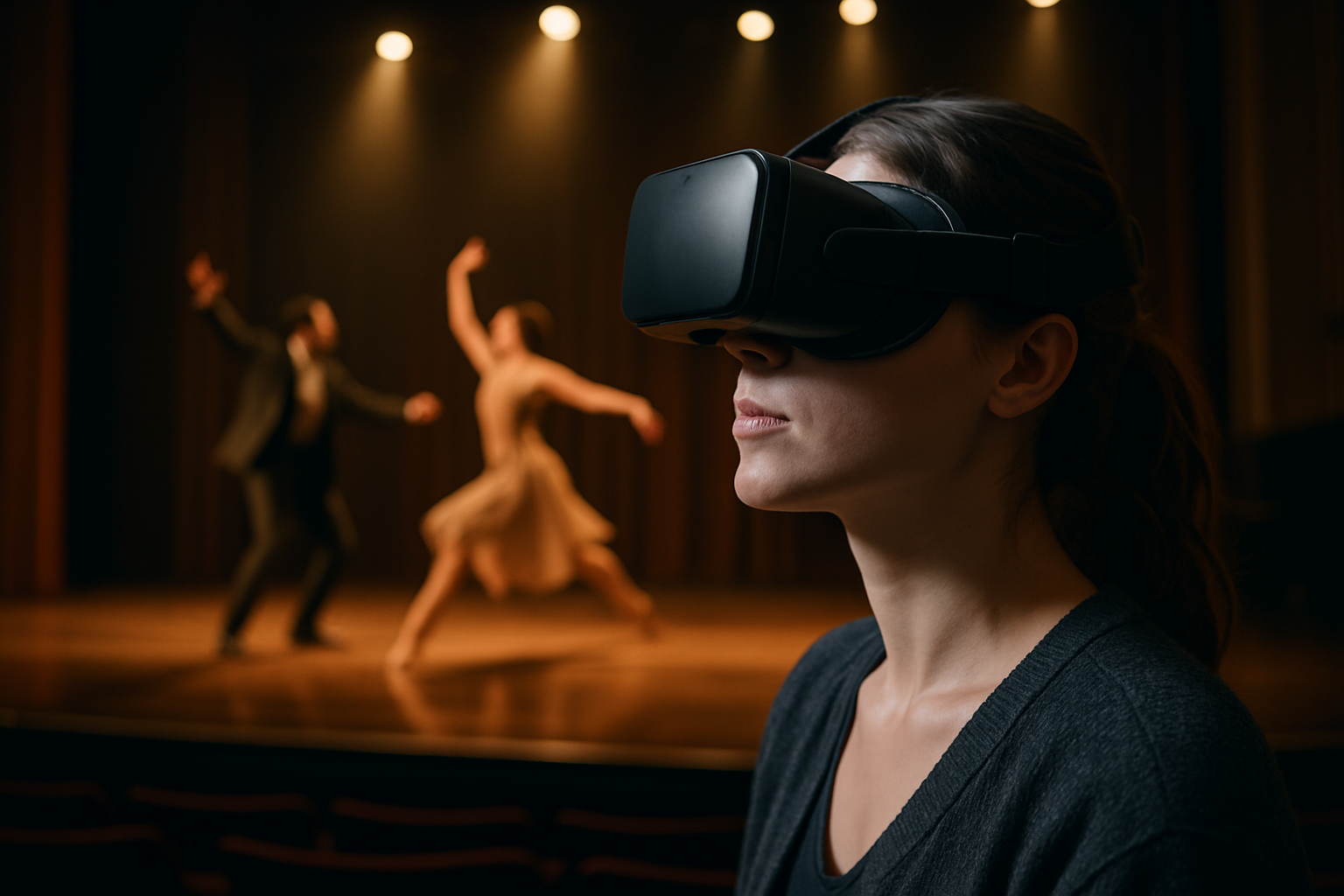Puppet Theater Renaissance: Traditional Craft Meets Innovation
Puppet theater is experiencing a remarkable revival as contemporary artists blend age-old storytelling traditions with cutting-edge technology and experimental approaches. This renaissance combines traditional puppetry techniques with digital animation, immersive installations, and collaborative community projects, creating new forms of cultural expression that captivate modern audiences while preserving folkloric heritage.

How Theater Innovation Transforms Traditional Puppetry
Modern puppet theater represents a fascinating convergence where ancient storytelling methods meet contemporary creative expression. Artists worldwide are reimagining this traditional craft through innovative techniques that incorporate digital elements, experimental materials, and collaborative approaches. The result is a dynamic art form that honors its folkloric roots while embracing technological advancement and community engagement.
What Role Does Storytelling Play in Contemporary Puppetry
Storytelling remains the heart of puppet theater, but contemporary practitioners are expanding narrative possibilities through multimedia integration. Modern puppeteers combine traditional oral traditions with audio technology, creating layered soundscapes that enhance character development and plot progression. These innovations allow for more complex narratives that can address current social issues while maintaining the universal appeal that has made puppetry a cornerstone of cultural expression across civilizations.
How Do Murals and Visual Arts Enhance Performance Spaces
The integration of murals and visual installations has transformed puppet theater venues into immersive environments. Artists create elaborate backdrops that serve multiple functions, from traditional painted scenery to interactive digital displays that respond to puppet movements. These visual elements establish atmosphere, provide context for storylines, and create a sense of place that transports audiences into the narrative world. The collaboration between puppeteers and visual artists has resulted in performances that blur the boundaries between theater, gallery exhibitions, and community art projects.
Where Animation Meets Live Performance Innovation
The fusion of animation techniques with live puppetry has opened new creative possibilities for contemporary artists. Digital projection mapping allows puppeteers to create backgrounds that change in real-time, while motion capture technology can translate puppet movements into animated sequences displayed alongside live performance. This hybrid approach appeals to audiences familiar with cinema and digital media while maintaining the tactile, human element that distinguishes live theater from purely digital entertainment.
Why Community Collaboration Drives Modern Puppet Theater
Contemporary puppet theater thrives on community collaboration, bringing together diverse artistic disciplines and local participants. These projects often involve workshops where community members learn traditional techniques while contributing their own cultural perspectives and stories. The collaborative nature of modern puppetry extends beyond performance to include set design, costume creation, and even audience participation, fostering a sense of shared ownership and cultural pride that strengthens community bonds.
How Minimalism and Experimental Approaches Shape Contemporary Shows
Many contemporary puppet theater practitioners embrace minimalism as a creative constraint that sparks innovation. By reducing elaborate sets and complex mechanisms, artists focus attention on essential storytelling elements while exploring experimental techniques. This approach often results in more intimate performances that rely on suggestion rather than literal representation, allowing audiences to engage their imagination more actively. The minimalist aesthetic also makes puppet theater more accessible to emerging artists and smaller communities with limited resources.
What Makes Immersive Puppet Theater Experiences Unique
Immersive puppet theater experiences break down traditional barriers between performers and audiences, creating participatory environments where spectators become part of the narrative. These productions often take place in non-traditional venues, from outdoor spaces to converted warehouses, where the entire environment becomes part of the storytelling apparatus. Advanced audio systems, interactive installations, and mobile puppet stages allow for 360-degree experiences that surround audiences with the performance, creating memorable encounters that extend beyond conventional theater expectations.
The renaissance of puppet theater demonstrates how traditional arts can evolve and remain relevant in contemporary culture. By embracing innovation while respecting folkloric traditions, modern puppeteers are creating new forms of artistic expression that speak to diverse communities. This evolution ensures that the ancient art of puppetry continues to serve as a powerful medium for storytelling, cultural preservation, and creative collaboration in the modern world.






